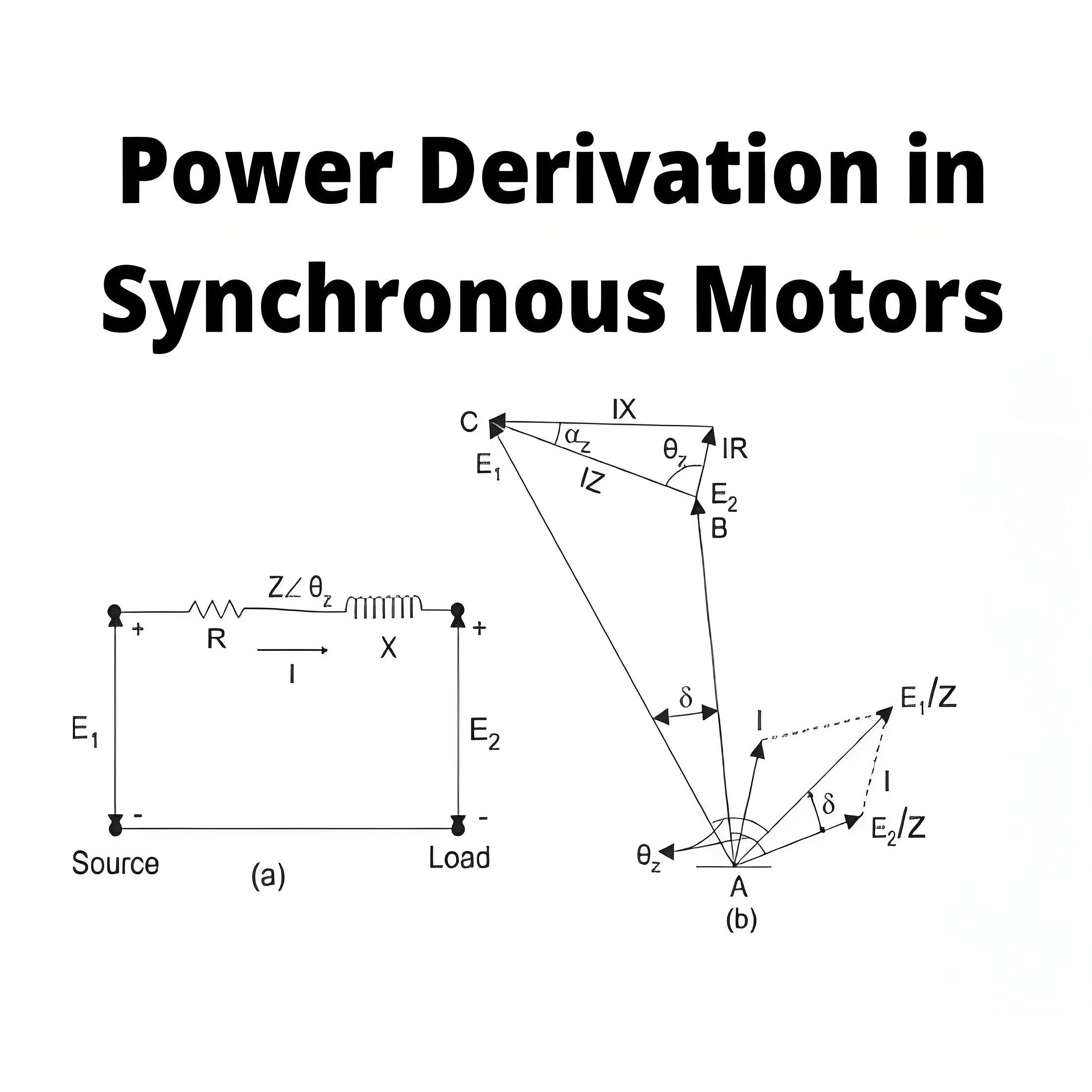
Power Derivation in Synchronous Motors
Power Flow in Inductive CircuitsPower flow through an inductive impedance involves voltage sources and a load with a resistor and inductor.Phasor DiagramsPhasor diagrams visually represent voltages and currents in a circuit, helping to understand power conditions.Power Equation of Synchronous GeneratorThe power equation of a synchronous generator relates the voltage, current, and phase angles to determine power output.Maximum Power Output ConditionsMaximum power output in alternators and synchro
Encyclopedia
08/17/2024
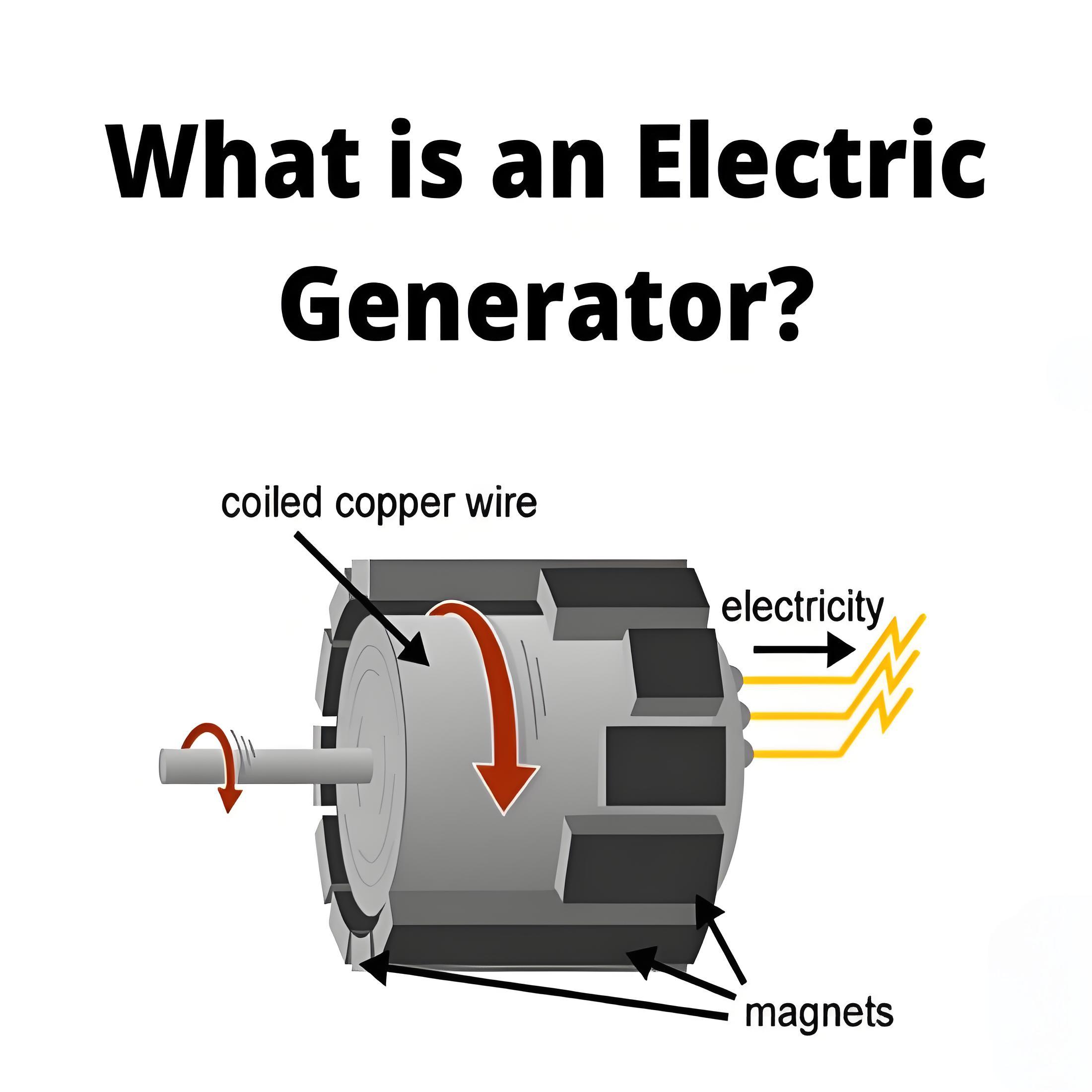
What is an Electrical Generator ?
What is an Electrical Generator ?Generator Working PrincipleAn electric generator works by moving a conductor through a magnetic field, inducing an electromotive force (EMF) based on Faraday’s law of electromagnetic induction.Fleming’s Right Hand RuleThis rule determines the direction of EMF, using thumb for motion, first finger for magnetic field, and second finger for EMF direction.AC vs. DC GeneratorsAC generators use slip rings to maintain the alternating nature of the generated current, whe
Encyclopedia
08/17/2024
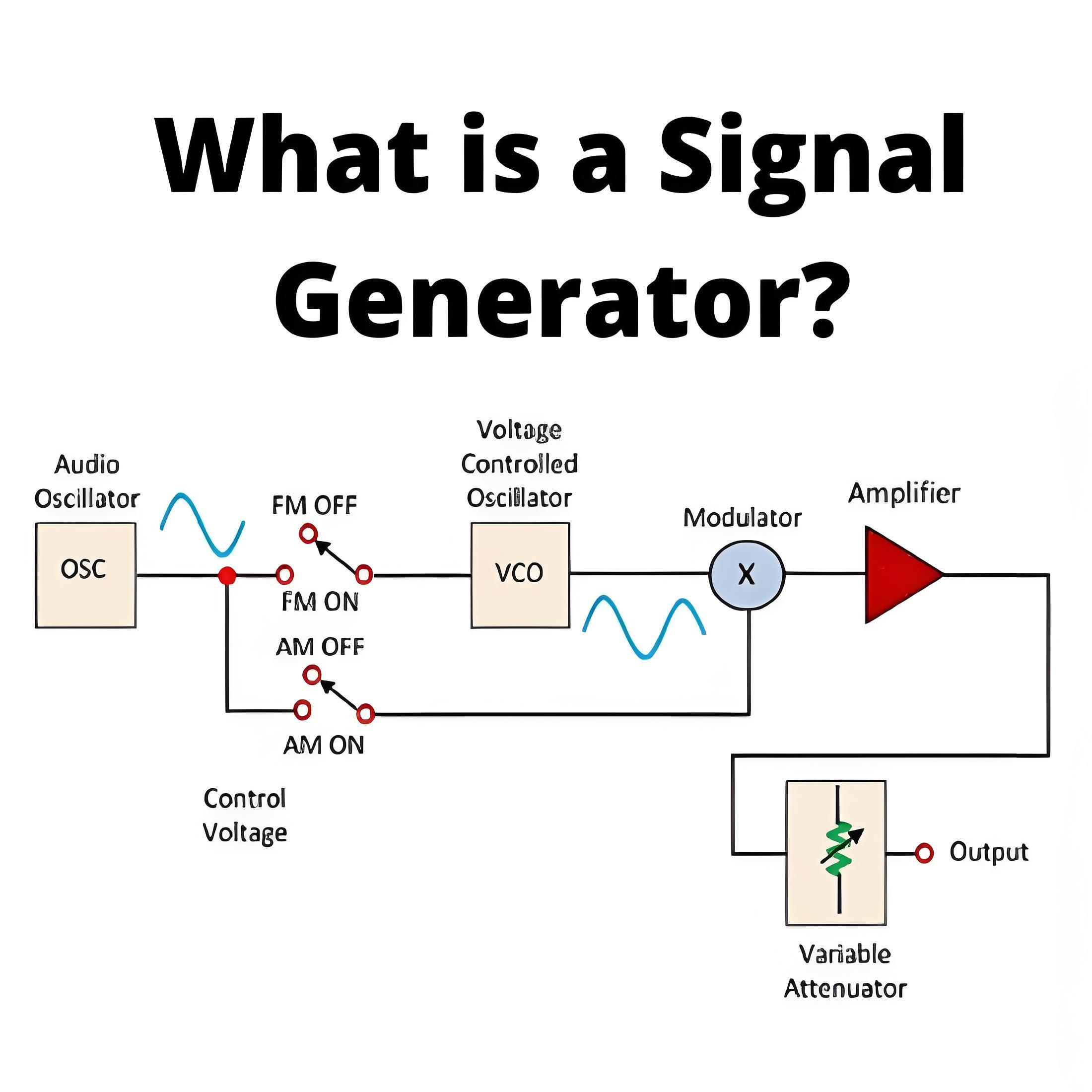
What is a Signal Generator?
What is a Signal Generator?Signal Generator DefinitionA signal generator is defined as a device that produces electronic signals and waveforms for testing and designing electronic equipment.Function GeneratorsFunction generators create basic waveforms like sine and square waves using electronic oscillators.Arbitrary Waveform GeneratorsThese generators produce complex, user-defined waveforms for specialized testing.RF Signal GeneratorsRF signal generators generate radio frequencies using phase-lo
Encyclopedia
08/02/2024
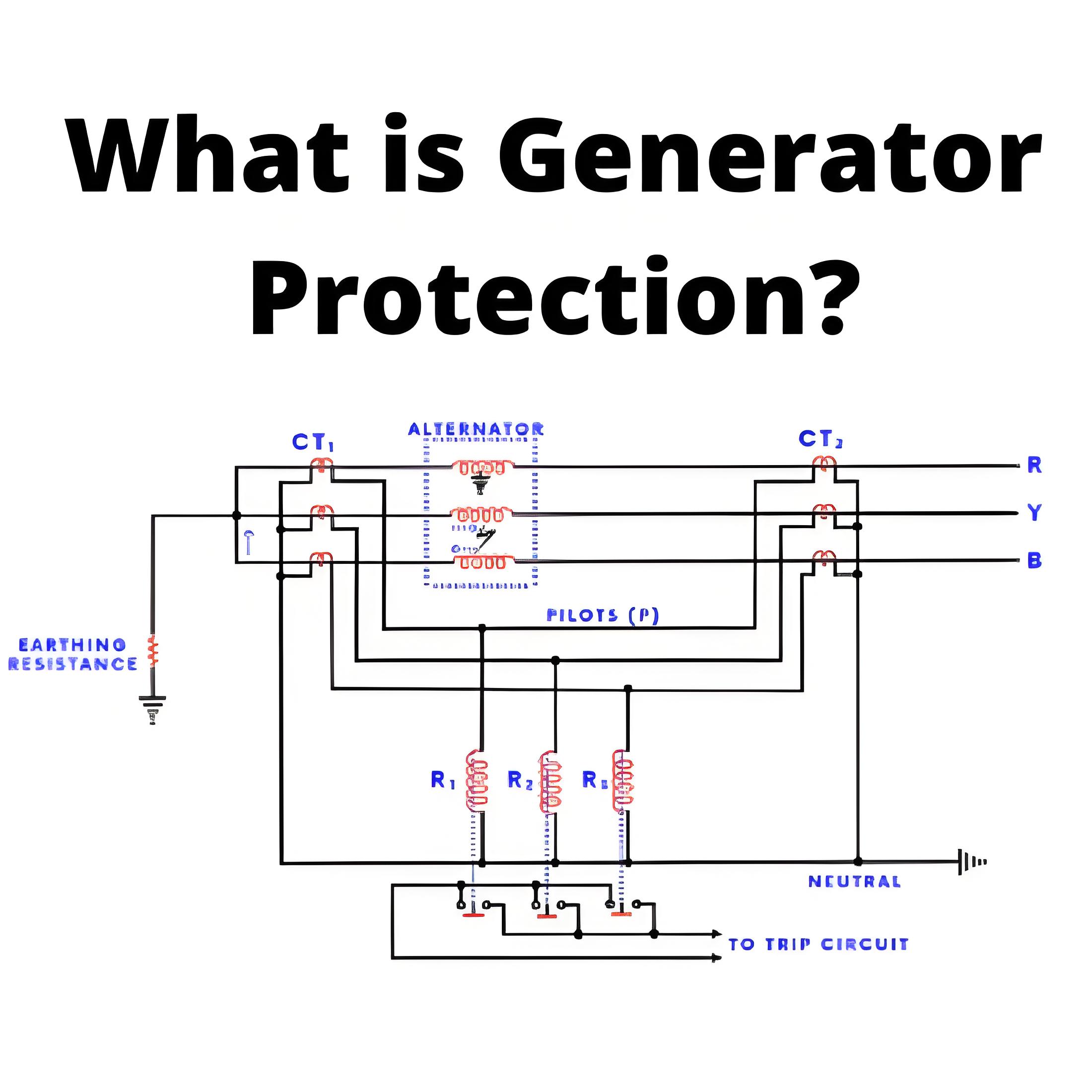
What is Generator Protection?
What is Generator Protection?Generator Protection DefinitionGenerator protection is the process of safeguarding generators from various electrical, mechanical, and thermal stresses.Types of ProtectionProtective relays are used to detect both internal and external faults, ensuring comprehensive generator protection.Insulation Failure ProtectionLongitudinal differential protection and inter-turn fault protection are crucial for preventing phase-to-phase and phase-to-earth faults.Rotor Fault Detect
Encyclopedia
07/30/2024
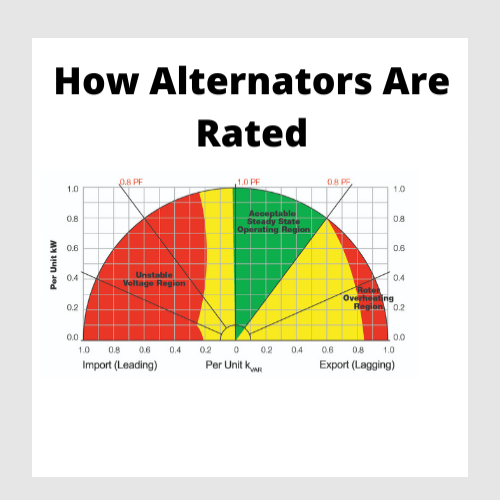
Rating of Alternator
Power rating of an alternator is defined as the power which can be delivered by an alternator safely and efficiently under some specific conditions. Increasing load increases losses in the alternator, which leads to a temperature rise of the machine. The conductor and insulator parts of the machine have some specific overheating withstand limits. The manufacturer so specifies the power rating of an alternator that at that maximum load the temperature rise of different parts of the machine does n
Electrical4u
05/07/2024
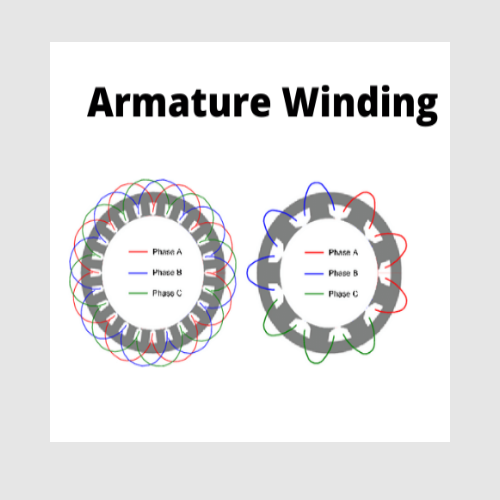
Armature Winding of Alternator
Armature winding in an alternator may be either closed type open type. Closed winding forms star connection in armature winding of alternator.There are some common properties of armature winding. First and most important property of an armature winding is, two sides of any coil should be under two adjacent poles. That means, coil span = pole pitch. The winding can either be single layer or double layer. Winding is so arranged in different armature slots, that it must produce sinusoidal emf.Types
Electrical4u
05/06/2024
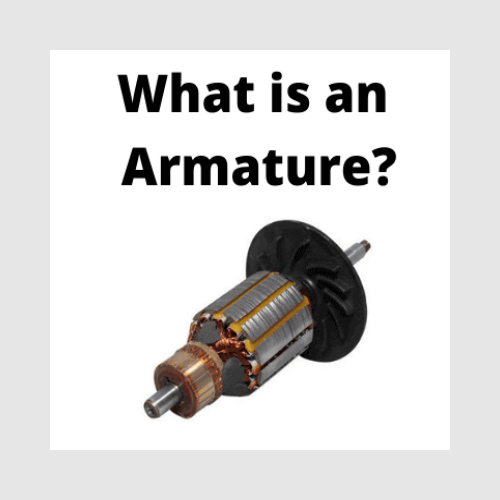
Armature: Definition, Function And Parts (Electric Motor & Generator)
What is an Armature?An armature is the component of an electric machine (i.e., a motor or generator) that carries alternating current (AC). The armature conducts AC even on DC (Direct Current) machines via the commutator (which periodically reverses current direction) or due to electronic commutation (e.g., in a brushless DC motor).The armature provides housing and support to the armature winding, which interacts with the magnetic field formed in the air gap between the stator and the rotor. The
Electrical4u
05/04/2024
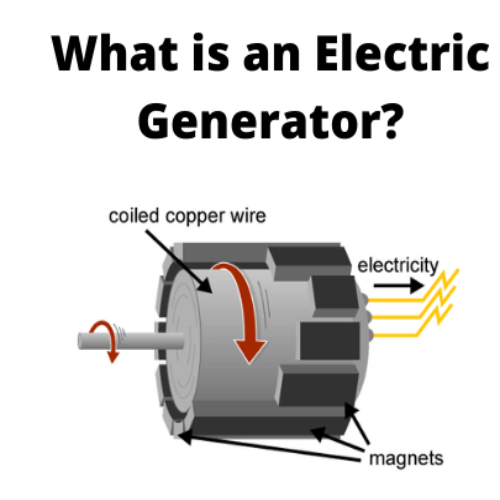
Working Principle of Electric Generator
When a conductor moves in a magnetic field, an emf is induced across the conductor. This is the only basis on which each and every rotating electric generator works (such as portable generators).According to Faraday’s law of electromagnetic induction, when a conductor links with a changing flux, it will have an induced emf across it. The value of induced emf across the conductor depends on the rate of change of flux linkage with the conductor. The direction of the induced emf in the conductor ca
Electrical4u
05/03/2024










